インストールと使用
5 steps to start using DCL actuator Install actuator onto the valve Check mechanical limiter Wiring Set end-position of Open/Close Start to Use How-tos View More > Application Notes View More > User Manual View More > Previous:FAQ Next:5 Steps to Start Using DCL Actuator
DCL電動アクチュエータはどのような種類のバルブを駆動できますか?
The DCL electric actuator is mainly used to drive butterfly valves with a diameter of less than 600mm, ball valves with a diameter of less than 350mm, and ventilation dampers and air flap valves with a diameter of less than 1200mm. Beyond these applications, some interesting use cases are also worth noting. For example: Rotating solar photovoltaic panels to track sunlight. Controlling louvers for natural ventilation. Driving specific baffles in certain scenarios using a linkage arm. Applications of DCL Electric Actuator: Driving butterfly valves Driving ball valves Driving ventilation dampers and air flap valves Driving other types of valves Driving other devices Driving Butterfly Valves The DCL electric actuator […]
電動アクチュエーターの仕組み
Once connected to a power supply (AC380V, AC220V, AC24V, or DC24V), DCL electric actuators can be controlled by a Distributed Control System (DCS) using various control signals, including analog signals, digital signals, bus communication, and IoT networks. The actuator drives the electric valve to fully open, fully close, or adjust to a specified position, enabling open-loop or closed-loop control of key fluid process parameters such as temperature, flow rate, and pressure. How does an ON-OFF electric actuator works? Actuator Status Power by AC85-265V & Control by Relay Power by DC24V & Control by Relay Power by AC220V & Control by Switch […]
電動アクチュエータを選ぶ理由
An electric actuator utilizes a motor-driven reduction mechanism to achieve both rotary and linear motion of a valve. Since it is powered by a motor, the electric actuator features a simple and reliable structure without requiring additional support systems like pneumatic or hydraulic sources. This results in higher energy efficiency and lower operational costs. At the same time, it offers greater reliability and a longer service life. By incorporating an electronic control module, the electric actuator enables precise, rapid, and complex valve movements. As a result, it is ideal for fluid control applications requiring higher precision, faster response, and greater efficiency. Reliable and Durable Electric actuators feature a simple structure, […]
アクチュエーターの選び方
Determining Specific Valve Drive Parameters For precise fluid control applications, it is essential to define the final valve drive parameters based on factors such as fluid pressure, media type, and control method. This ensures that the selected electric actuator meets the operational requirements. The following parameters should be determined before finalizing the actuator model: Choose an Actuator Previous:What valves can DCL electric actuators drive? Next:Certifications
技術的なお問い合わせ
service@dcl-controls.com Phone (+86) 130 2633 1611 WhatsApp Ken Bryan In site chat Click on the icon at the bottom right corner to chat with us…

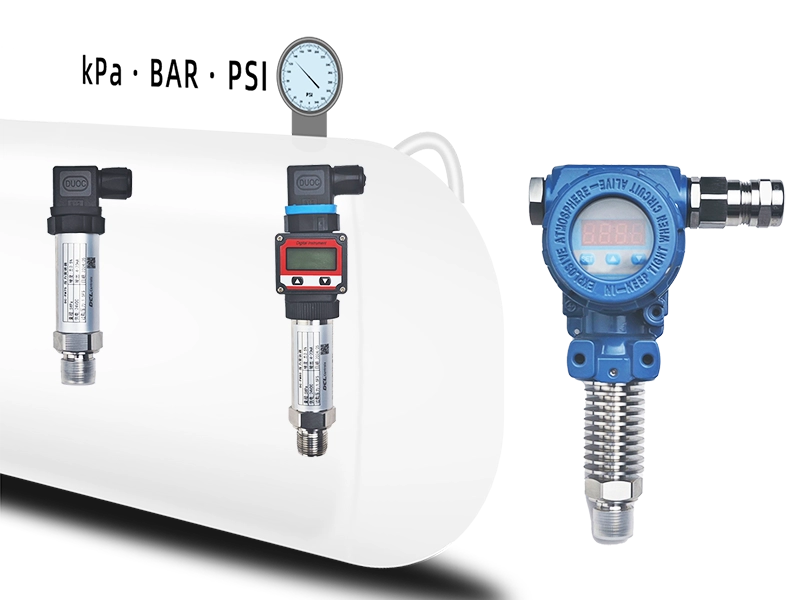
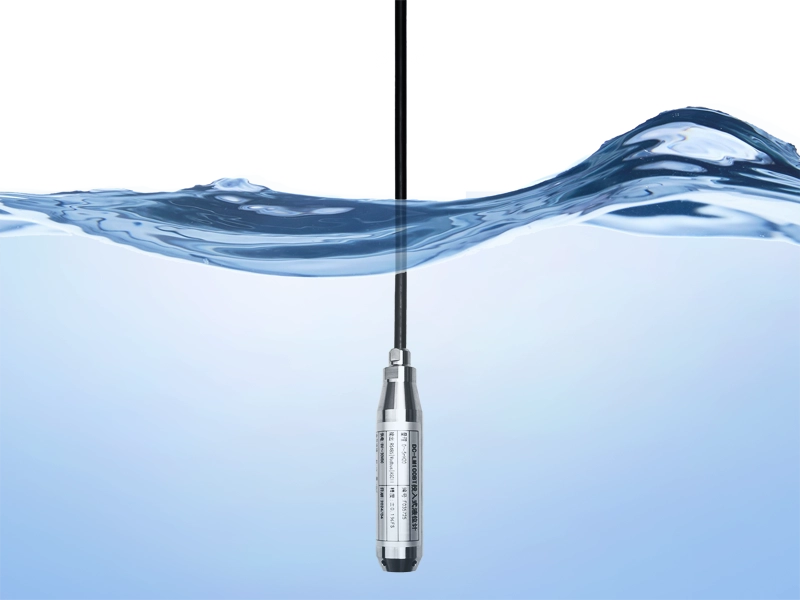





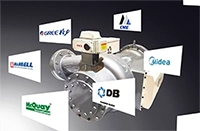


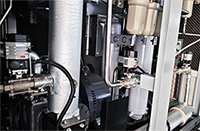



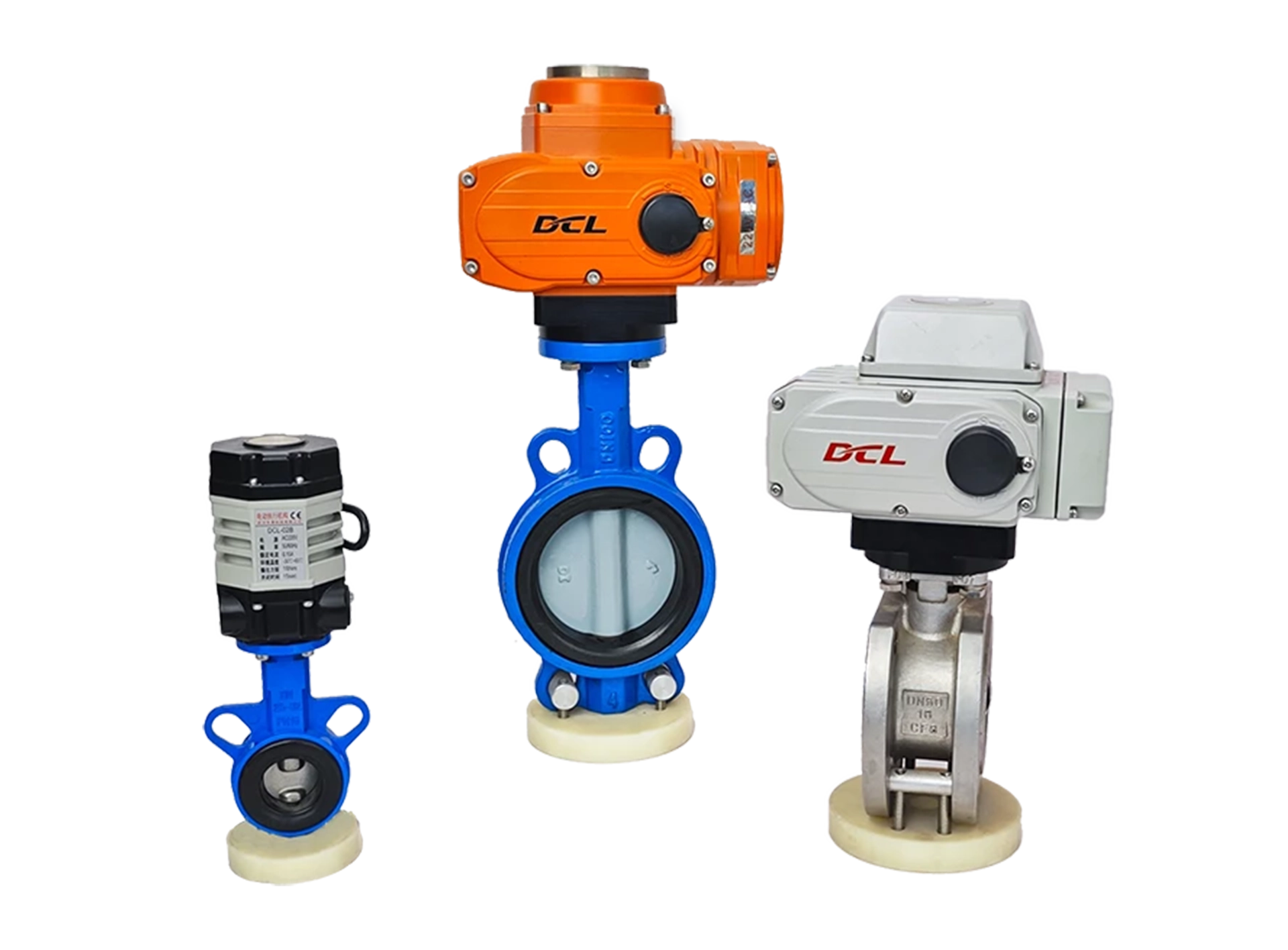












 鄂公网安备 42018502006527号
鄂公网安备 42018502006527号